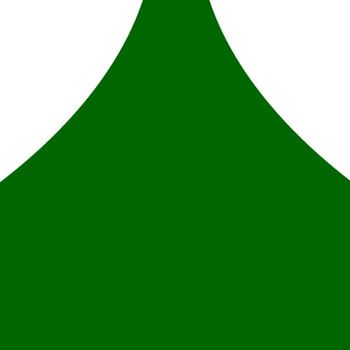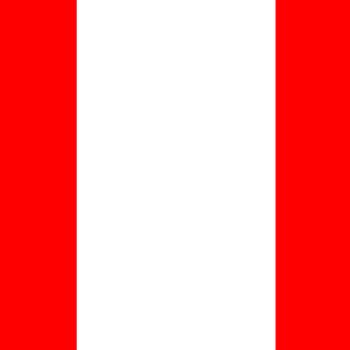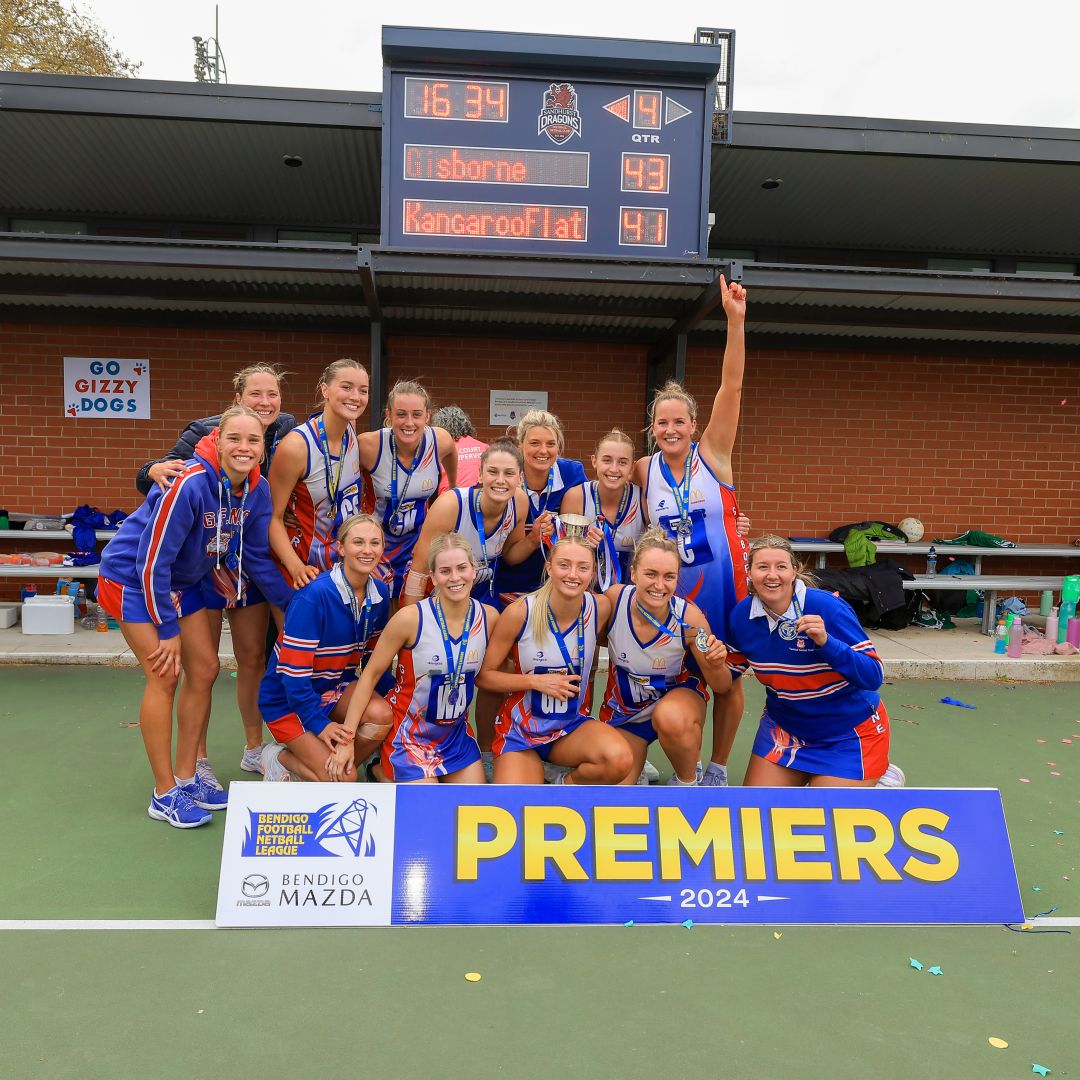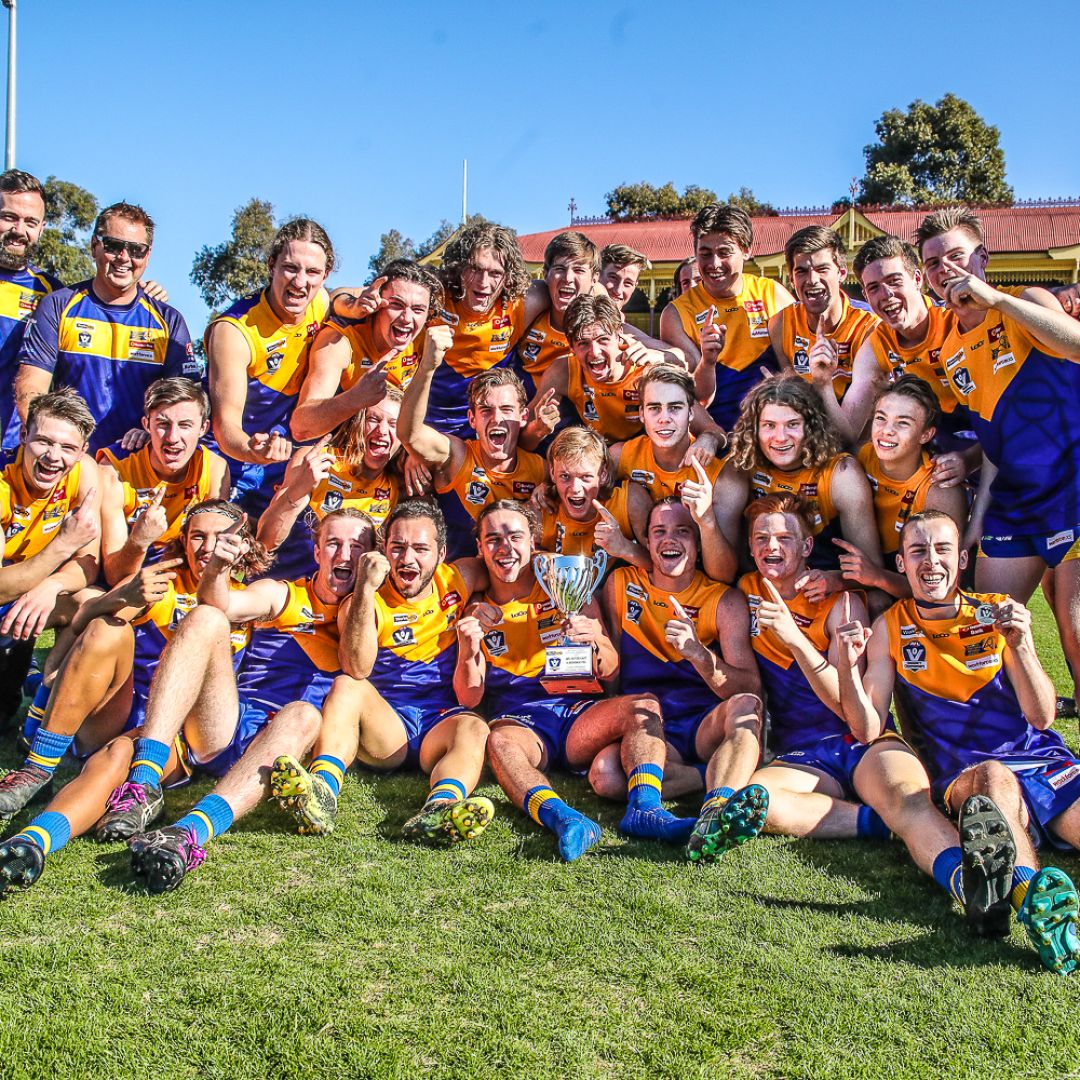Eaglehawk remained a powerful club right through the 1930s and 1940s, unearthing some marvellous footballers along the way.
Although Sandhurst dominated the early Thirties, winning six, consecutive flags starting from 1929, the Borough introduced the greatest goalkicker that the BFL had ever seen to that stage.
It was Raywood boy Frank Crapper who stamped his mark on BFL history by booting the first ‘ton’, half-a-century since the league had started out.
It was in 1930, his first, full season with Eaglehawk that Crapper nailed 108 majors (95 regular season, 13 extra in finals) and presented a nightmare defensive match-up for the other BFL clubs.
Two seasons later in 1932 Crapper set a new BFL mark for the second most goals in a game, drilling 19, and established an Australian record for the most goals in a single season.
Frank nailed an amazing 145 goals but then broke his own BFL record a season later landing 154 goals in the home and away season, followed up with another nine in the ’33 finals.
But the 1933 finals series ended for the Hawks with a preliminary final loss.
So 163 snag rolls to Crapper’s name in 1933.
It was a tally only passed by Golden Square’s Grant Weeks in 2012, 79 seasons later, when he booted four goals in the grand final to take his overall season total to 164.
Just one ahead of Crapper’s tally.
The fourth major needed to pass the old record, deep into the third quarter, came in a tense period in the match but ‘Weeka’ made no mistake.
Back to the Crapper family and Frank’s brother Fred was also a key member of the Two Blues sides in the Thirties.
He rated as one of the key centre half-backs in the BFL of the period.
Without a BFL flag since 1924 when they downed Rochester by six goals Hawks’ supporters and officials were sick of their long premiership drought.
Well, it seemed long during the dim, dark days of the Depression era even though chronologically it had been just 11 years.
So under the leadership of coach Eric Fleming the Hawks finally sat on top of the ladder after the completion of the 1935 season and its finals.
Now, it’s often discussed openly these days, and muttered about behind closed, committee room doors: the ‘salaries’ of coaches and even leading players.
But safe to say Fleming was paid more than handsomely in the days when many grocery and meat items were priced in pennies and shillings (cents).
Let’s go back to Maryborough and playing coach Colin Watson in the late 1920s. As an example.
St. Kilda’s 1925 Brownlow Medallist was appointed coach of the Magpies on £10 a week.
That formally equates to $748-750 weekly in 2020s terms, although some country footy writers believe Watson’s take home pay of 10 pounds more realistically equates to around $1,000 a week.
So Fleming was doing very nicely, thank you very much.
Enough about coaches’ salaries. In the 1935 premiership season the Two Blues unearthed “another goal kicking marvel” in Mancel Davies.
That’s the description in official Hawk records for Davies who could play either at full-forward, half-forward flank or on a wing.
He was just 167 cm (5 ft. 6 inches) tall, but he was still a high-flying key component of the late Thirties Eaglehawk sides.
Nicknamed ‘Kewpie’, Davies topped the home-and-away BFL goal kicking tables in 1935 (82 majors), 1936 (88) and 1938 (86).
There’s a bit of folklore about Mancel’s final total in 1938.
He booted six goals in the Borough’s grand final loss to Golden Square which actually took him to 100 goals exactly for ’38.
But according to stories I’ve heard down the years Addy chief sports writer (later editor) Cyril Michelsen is alleged to have added one extra major to Mancel’s official total that grand final afternoon.
Feeling honoured to be writing about such a great forward ‘Squirrel’ pencilled in one extra goal to Mancel’s official grand final total.
So instead of ending 1938 on 99 majors the official records have him as 100. Michelsen’s tallies stood as official records back then.
As very few of us remaining in the city are old enough to doubt the veracity of this story, let alone override it, it just adds to the rich folklore of the BFNL.
‘Kewpie’ was a valuable member of the star-studded ’35 line-up which included champions such as Almond ‘Nuts’ Richards, ruckman Charlie Pascoe and the BFL’s great Thirties centreman, Eddie ‘Moots’ Esposito.
‘Moots’ played in the Borough colours between 1924-1928 and again in 1932-1939.
Between stints at Canterbury Park Eddie was a key member of the Melbourne senior VFL side under astute coach Ivor Warne-Smith between 1929-1931.
The Dees had won the 1926 flag but didn’t reach the grannie in any of Moots’ three MCG season.
And ‘Moots’ had an excellent family connection to the Eaglehawk F.C. His father ‘Number’ Esposito was one of the leading players in the unbeaten 1894 Waterbury Invincibles.
Here’s a tiny part of what the official Eaglehawk history says about ‘Number’.
“He started off in 1886, but being only a lad he did not possess such a luxury as football boots.
“He was famous for playing his first, few matches barefooted and only the kindness of a club benefactor resulted in ‘Number’ eventually playing properly kitted-out.”
Barefooted players remind me of my seasons in the Papua New Guinea Aussie Rules competitions.
Our club Port Moresby, which wore the old South Melbourne colours of a white jumper with a red V, had a number of Papua New Guinean players in the senior side.
But they were all kitted-out with at least one pair of proper footy boots. Courtesy of the club office-bearers, stewards and trainers.
A number of players from opposition clubs weren’t so lucky. I remember playing as a ruckman/forward against the Koboni club (which wore Melbourne Dees colours) and trying not to trample on barefooted defender lads when coming down in a marking contest.
It wasn’t always possible, of course, and being close to the Moresby oval’s boundary fence over which heated Koboni supporters --- expatriates as well as locals --- were hanging, I copped my fair share of abuse.
This was in the mid-Sixties in case you’re wondering.
But returning to the BFL and during that run of six, consecutive Sandhurst premierships in the 1930s the Hawks finished runners-up twice.
Final scores, 1930: Sandhurst 17.9 (111) def. E’hawk 9.9 (63) and 1932: Hurst 16.20 (116) def. E’hawk 7.9 (51).
And as I’ve noted the Two Blues turned the tables in the 1935 grannie: 11.15 (81) to Sandhurst’s 7.17 (59).
Next: A look back at Eaglehawk flag-winning teams from either side of World War 2: 1941 and 1946.
And the team which finished runners-up to Square in 1945.






















